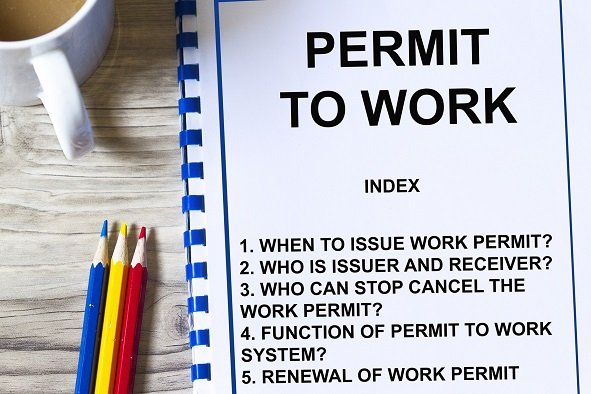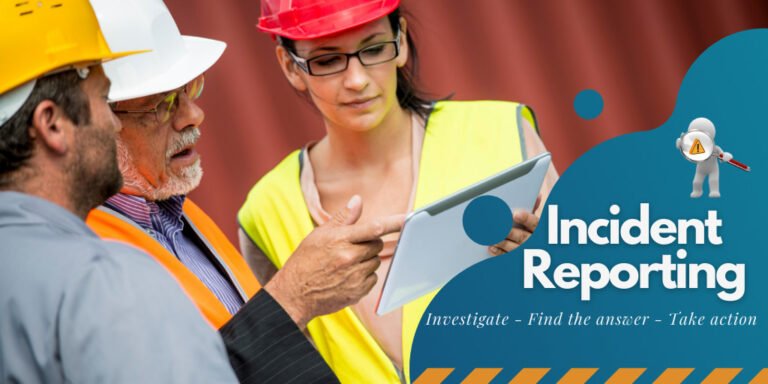Heat Stress and Cold Stress – 12 Modules | One Day USD: 150/- and Two Day USD: 250/- Per Pax.
Description
Module 1: Introduction to Thermal Stress
- Definition of heat stress and cold stress
- Importance of managing temperature-related hazards
- Legal and organizational requirements
Module 2: Understanding Environmental Conditions
- Temperature, humidity, wind, and radiant heat factors
- How environmental conditions affect the human body
- Use of WBGT (Wet Bulb Globe Temperature) Index
Module 3: Body Temperature Regulation and Physiology
- How the body maintains thermal balance
- Effects of overheating or overcooling
- The role of hydration and metabolism
Module 4: Causes and Risk Factors of Heat Stress
- High temperatures, humidity, radiant heat sources
- Physical workload and clothing effects
- Personal risk factors (health, fitness, age, acclimatization)
Module 5: Types and Symptoms of Heat-Related Illnesses
- Heat rash, heat cramps, heat exhaustion, and heat stroke
- Early warning signs and first aid response
- Case studies from workplace incidents
Module 6: Prevention and Control of Heat Stress
- Engineering controls (ventilation, shade, cooling systems)
- Administrative controls (work-rest cycles, hydration plans)
- PPE for hot environments
Module 7: Causes and Risk Factors of Cold Stress
- Low temperatures, wind chill, and wet clothing
- Work activities increasing exposure risk
- Vulnerable workers and medical conditions
Module 8: Types and Symptoms of Cold-Related Illnesses
- Frostbite, chilblains, trench foot, and hypothermia
- Recognizing early signs and providing first aid
- Emergency response procedures
Module 9: Prevention and Control of Cold Stress
- Layered clothing systems and insulation principles
- Warm shelters and heated rest areas
- Safe work-rest schedules in cold environments
Module 10: Monitoring, Assessment, and Work Practices
- Measuring thermal conditions and exposure duration
- Using environmental monitoring tools
- Acclimatization and safe work procedures
Module 11: Training and Worker Awareness
- Educating workers on recognizing signs and self-care
- Supervisor responsibilities and communication
- Promoting hydration and buddy systems
Module 12: Emergency Response and Continuous Improvement
- Response protocols for heat or cold emergencies
- Incident reporting and investigation
- Continuous improvement through lessons learned and climate monitoring
View more Courses
Hi, Welcome back!




